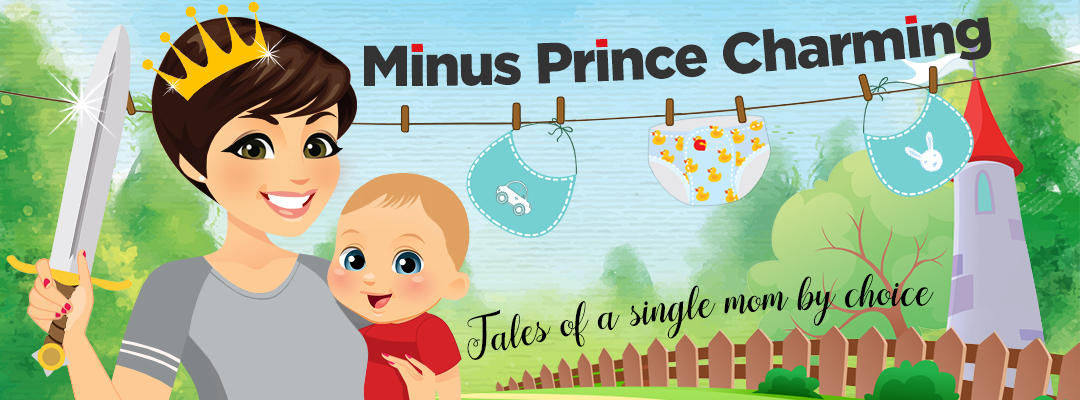Originally posted August 23, 2015 on Merely Mothers (now Evie & Sarah)
Snuggling up with your child and their most beloved books and just reading (or rereading) for sheer pleasure is magical—and important to developing children who love reading.
However, as school starts back up, children may be asked to do more reading at home, and parents might be looking for ideas to boost their child’s interest and understanding of new books. Here are a few ideas teachers and literacy specialists use with students of all ages (kids are never too old to be read to!) to develop stronger, more engaged readers. They are all based on the idea that good readers think deeply about what they’re reading as they read. Some of these strategies work best with books being read for the first time, and all of them can be used with picture books as well as chapter books and novels. So gather the little ones and the bigger ones, and tell them to bring their books!
Predicting
Asking kids to guess what is about to happen in a book is one way to engage them in the story. It can be done using the title, the pictures, and/or the text that was just read, and is as easy as asking, “What do you think is going to happen?” While it seems simple, it’s actually not. Predicting requires readers to use not only pieces of the text they know, but also their knowledge of story structure from previous books they’ve read or been read, to formulate a logical guess as to what might happen.
Young readers might come up with silly (though amusing) predictions at first. That’s fine; let their creative minds go! But then help them by modeling. It’s as simple as, “I think __________ will happen next, because…” The ‘because’ is important. It shows them that predictions need to be based on evidence. By the upper elementary grades, kids will need to provide such evidence when speaking and writing about texts, so practicing at home is great preparation.
Asking Questions
How often as an adult do you find yourself yelling at a book or even a tv show: “Why are you doing that?” “How could they kill off my favorite character?” When we find ourselves conversing with inanimate objects, it’s not a sign we’re insane; it’s a sign we’re engaged. That is the same type of engagement we want to encourage in young readers.
As you read with your children, ask questions and encourage them to do the same. Depending on the text and your child, the questions can be as basic as “What’s happening now?” or “Who’s that?”, or as sophisticated as “Why do you think the author would do that? How does it affect the story?” Questions about plot, writing, vocabulary, characters, morals or messages, or main ideas are all super. And the best part? There isn’t always a right answer. Often these types of questions are just discussion starters. So there’s no pressure, just engagement.
Making Connections
When we encounter something new, we automatically try to compare it to something familiar in order to understand it. That something familiar might be a firsthand experience, or it might just be something we read, saw on tv, learned in school, or heard from someone else. If we can make a connection, we’re better able to frame our understanding. The same works for books.
Kids are asked to read books with a variety of topics and structures, not all of which will be familiar to them. While pictures and visuals in books can aid a lot with comprehending new material or reading a book with an unfamiliar structure, making connections can help as well. Encourage this by modeling it for your children as you read with them. If a book reminds you of another book you’ve read with them, a place you’ve visited together, or something you’ve seen or heard before, point it out to them or ask them if they can see the connection.
Connections can also be personal, related to experiences, but more likely just related to the emotions that experience evokes. For instance, your child will likely never meet a talking pig, but he or she might have had to say goodbye to a friend or loved one. Seeing the similarities between the known and the unknown will draw kids deeper into their reading and allow them to learn and explore people, places, and things they never otherwise could.
There are dozens of other reading strategies you can use when reading with your children, but you don’t need to know them all. And you certainly don’t want to cram every strategy into each at-home reading session. It’s enough to just read with your kids.
But when there’s time, talk about what you’re reading together. Share a little about what you’re reading as an adult, when it’s appropriate, or at least share that you’re reading and enjoying it. Find news articles your family or children can relate to, and read and discuss snippets of them at the dinner table. Make your home rich with words and stories, and your children will inevitably discover the magic of reading.
Photo credit: Wavebreakmedia

